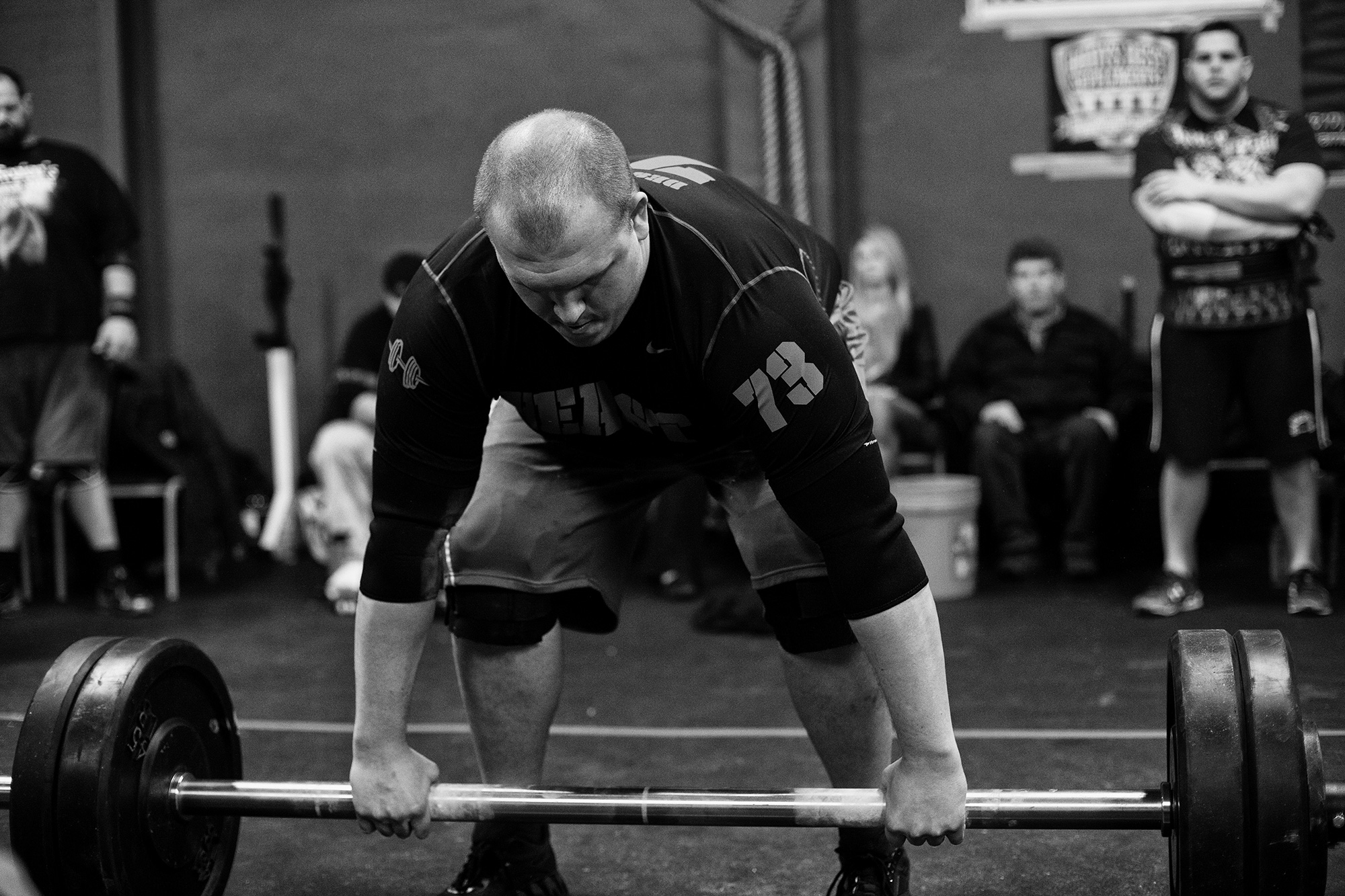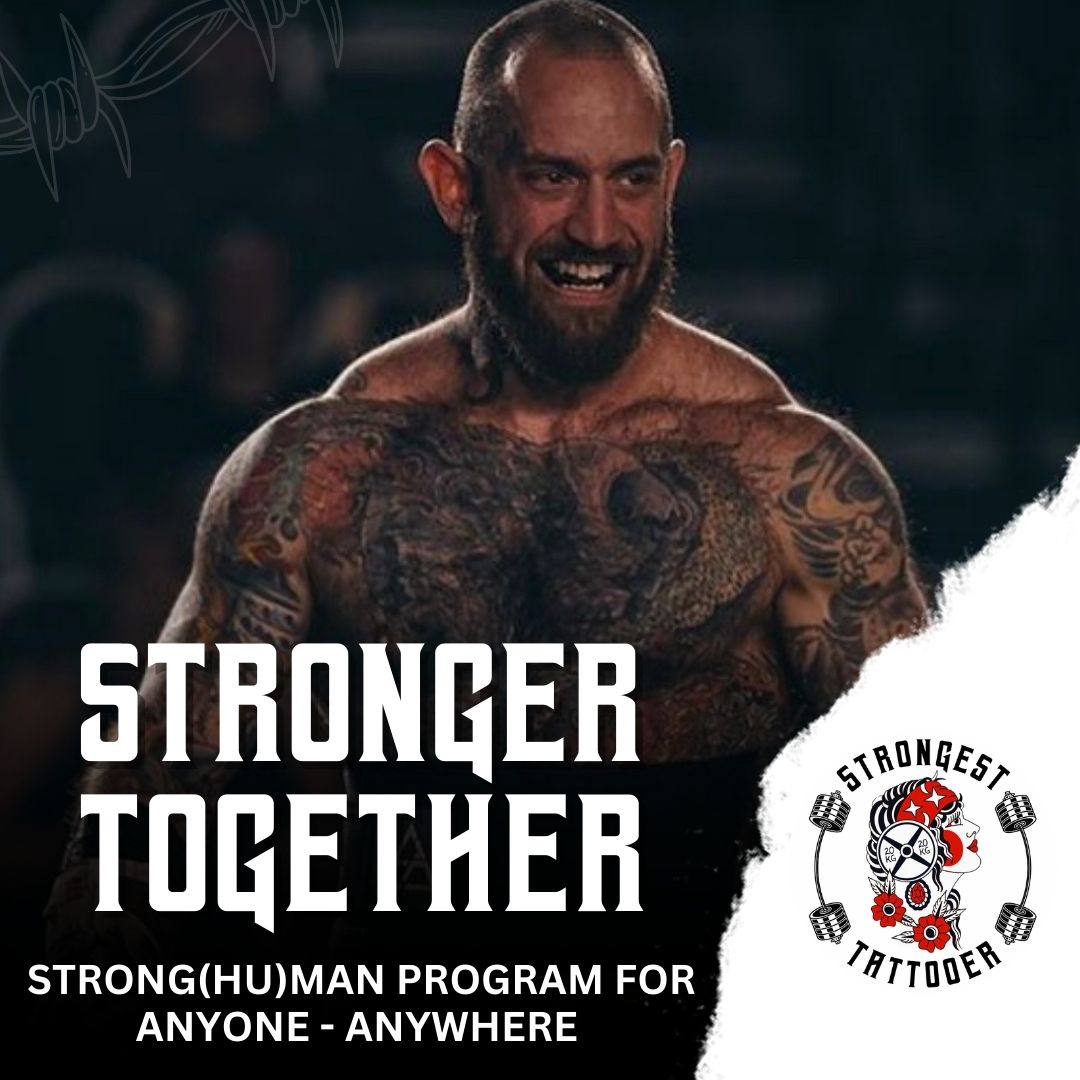
This article is an overview of what federations are, why they exist, and how to choose the right one for you.
If you’d like to learn more about specific federations that operate in the United States, as well as higher-level invitational contests and how to qualify for them, check out Part 2 of this series: Federations 101: Federations and Invitationals in the USA.
What and Why Are Federations?
In the strength world, federations are the governing bodies of a sport. Federations “sanction” events, meaning that when you compete in that event you are competing under that federation’s banner – following its rules, paying for membership, and qualifying for other higher-level events in that federation. An “unsanctioned” event is an event that is not affiliated with any specific federation.
The federations themselves are sometimes affiliated with federations or organizations at other levels of the sport. For example, the International Weightlifting Federation (IWF) is the international federation for weightlifting, and USA Weightlifting (USAW) is the United States affiliate of that larger organization. So to qualify for IWF International events (like World and Regional championships), athletes have to compete within USAW.
Some federations (like powerlifting) have *lots* of federations. Others (like weightlifting), have just one or two. Strongman is in an interesting position because it technically only has 2 federations in the United States, but there are lots of competitions that are unsanctioned, invite-only, or provide different pipelines to compete at different levels of the sport.
For the purposes of this article, we’ll be focusing on strongman federations with a presence in the United States.
How Do You Choose a Federation?
In most instances, there is no “right” or “wrong” federation to lift with. Which federation you choose largely depends on 5 factors: 1) Location/Availability, 2) Desire to compete at higher levels, 3) Trusted promoters, 4) Weight classes, and 5) Membership fees.
Location/Availability
Different federations have differing levels of presence in different parts of the country. So practically speaking, you might have easier access to competitions within one specific federation based on where you live.
Desire to Compete at Higher Levels
If your goal is to compete at a specific level or competition, you’ll need to follow the path through the related federation. For example, if your goal is to compete at the Arnold Amateur World Championships, you’ll need to compete in Strongman Corporation events because those are the only ones that provide a route to Arnold Amateur Worlds.
Note that this really only matters if you plan to compete at a high level of the sport. If your primary goal is to lift heavy weights competing against people who are generally the same size and gender as you are, then the federation is much less relevant.
Trusted Promoters
Promoters are the people who organize and run competitions. They are responsible for picking dates and locations, choosing events, setting event weights, managing registration, organizing volunteers, and running everything the day of competition.
Every federation has promoters who are amazing and promoters who are… less amazing. Guidance and oversight by the federation varies from state-to-state and federation-to-federation, so overall “quality control” in strongman is not very high.
Most promoters align with one federation and stick with it. So if you like that promoter’s events or the people who show up to those events, it’s a good idea to keep going to those events and get a membership for that promoter’s preferred federation.
Strongman is all about community, so especially at the local level, it’s more common to see “loyalty” to a promoter or facility than to a federation.
Weight Classes
Part of this includes membership fees and policies (see below), but the bigger factor here is often weight classes. The 2 primary federations in the United States have different classes for men and women, so it might be smart to choose a federation based on which one has weight classes more suited to your bodyweight.
For example, a 220-lbs man will have an easier time in USS because USS has a 220lbs weight class. The options in Strongman Corporation are 200lbs or 231lbs, which leaves the athlete with some tough decisions to make – compete against people who are potentially much heavier, bulk up to 231lbs, or make a huge cut down to 200lbs – none of which are great options.
Similarly, a 140-lbs woman will have an easier time in Strongman Corporation because SC has a 140lbs class, but the weight classes in USS are 132lbs or 165lbs (with a 148 subclass).
Membership Fees
Each federation has its own membership policies and fees. So it’s more cost-effective to compete in a single federation. It’s also worth noting that Strongman Corporation memberships are valid for 12 months from date of purchase, while USS memberships are valid for a calendar year. So if you sign up for your first USS show at the end of the calendar year, you’ll need to renew again pretty quickly.
That being said, it’s common for people to compete in both federations because the annual fee for USS is lower (so your 12-month investment in each one will likely be roughly the same).
Which Fed?
Ultimately, the best option is the federation that most closely aligns with your goals and is most accessible to you. You’ll find great competitions (and crappy ones) in every federation. The only way to know what’s best is to talk to other people in the sport and – best of all – try them for yourself.
A Note About Age Divisions
In strength sports, “Masters” refers to older athletes. In powerlifting, it starts quite young with “sub-masters” as early as 33. In strongman, Masters starts at age 40. Masters divisions are typically only offered at bigger local competitions, and often as an open weight class (i.e. not separated by weight). In general and with some exceptions, the only opportunity to compete in a full weight-classed Masters division is at Masters Nationals.
Teen divisions are sometimes offered at local competitions. Like Masters, it’s unusual to find age divisions or weight classes for Teens at a local level; those separations only appear at Nationals.
Novice vs Open
The primary federations that operate at local levels (which we’ll discuss below) have options for Novice and Open athletes. Novice is for people who are brand new to the sport. Open is for people who are more experienced. Only Open competitors can set records and (in Strongman Corporation) only Open competitors can qualify for Nationals.
In strongman, novice lifters generally have a positive experience competing in whatever federation is most convenient.
More Info
If you’d like to learn more about specific federations that operate in the United States, as well as higher-level invitational contests and how to qualify for them, check out Part 2 of this series: Federations 101: Federations and Invitationals in the USA.
For helpful info about how to choose a weight class or division, check out this post from Power Plant Gym: https://thepowerplantgym.com/weight-class-101/
If you’d like more personalized guidance, you can reach out for a free 15-min coaching call or to set up a longer consult by emailing katiefeeleystrength@gmail.com.



